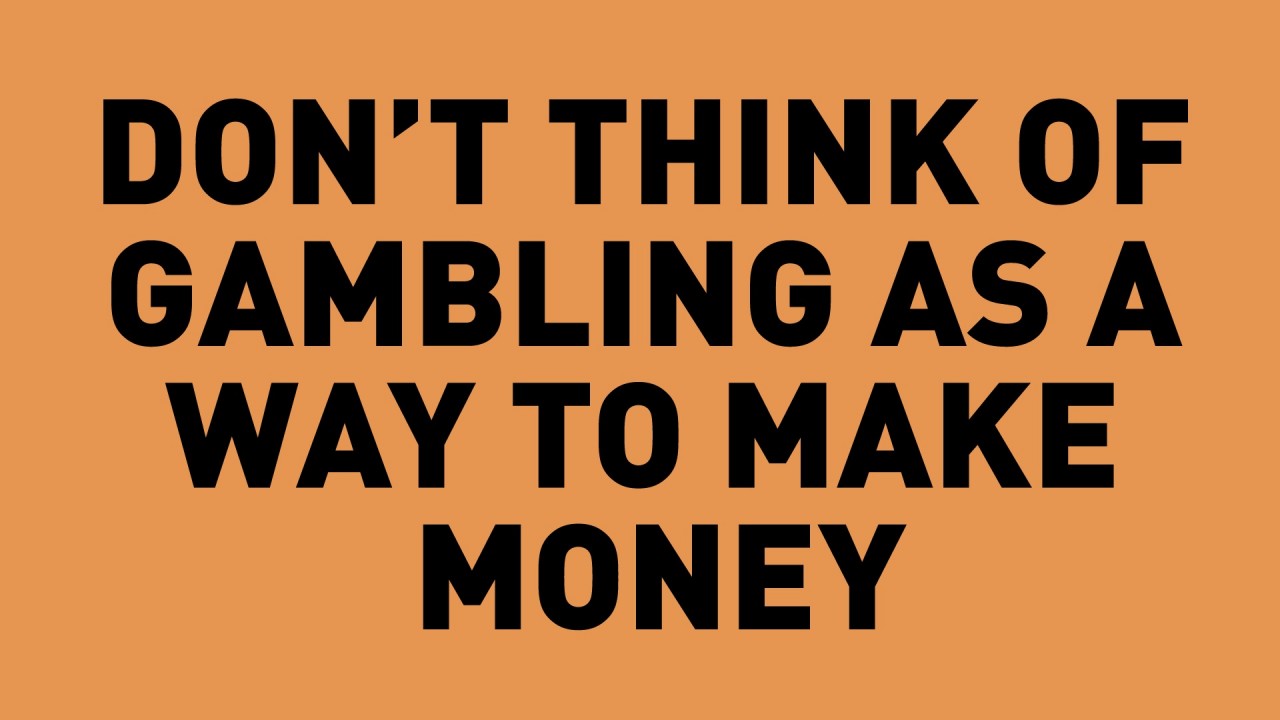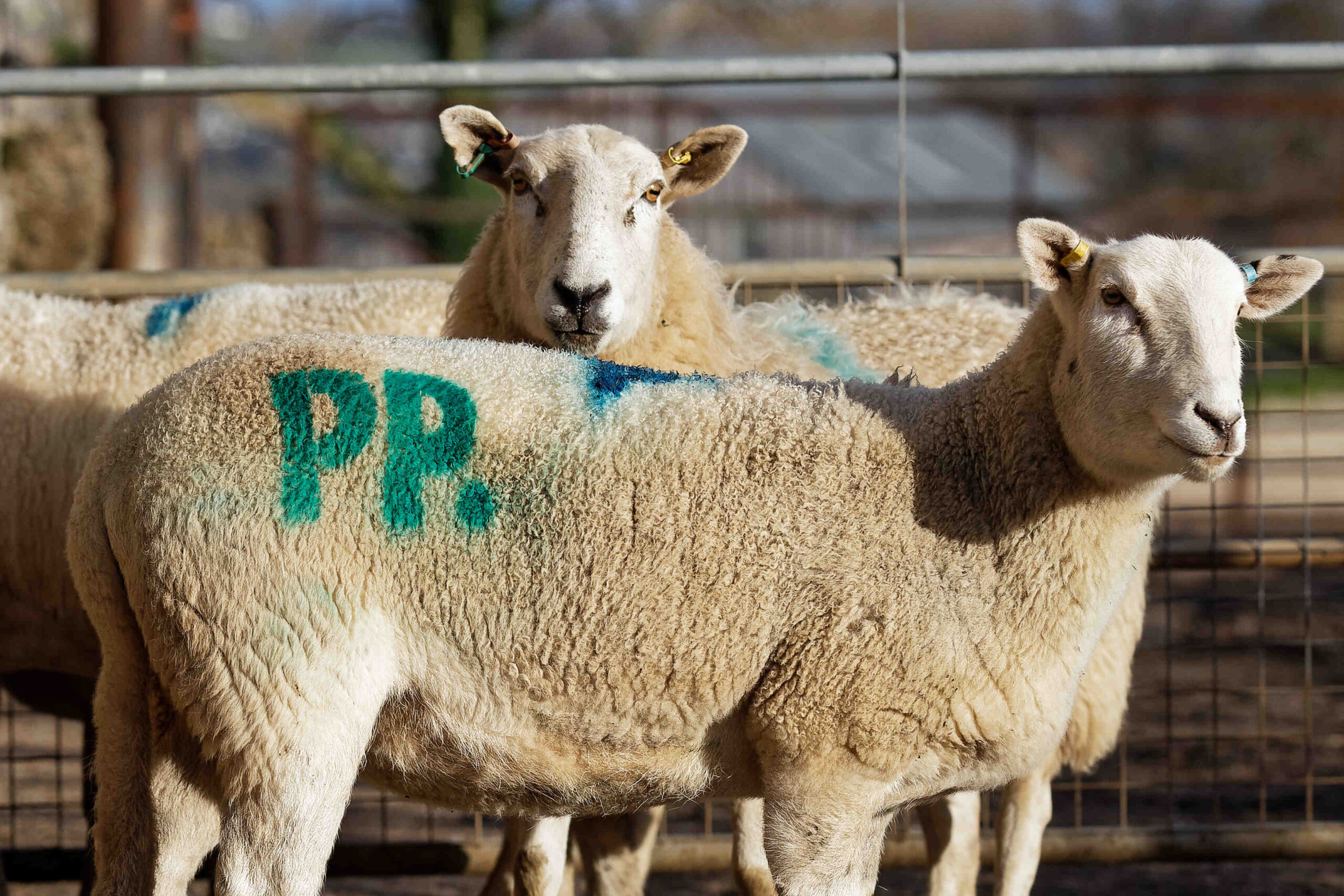

Ten years ago, if you were going to Glorious Goodwood or placing a bet with a Grand National offer, all the odds would be displayed as fractional odds. Based on this, there has a movement to attract more people to horse racing by making it more accessible to the average punter. Generally, decimal odds are easier to understand. Traditionally, fractional odds have been used in the UK, especially at racecourses and on the high street. One way isn’t better than the other but there is certainly a trend emerging towards using decimal odds.

If it’s the other way round, then the selection is odds against. If the first number in fractional odds is smaller than the second number, then it means that the selection is odds on.
#WHATS A BOOKMAKER PLUS#
1/2 for every £2 bet = £1 profit plus £2 stake.(For every £1 bet = £5.50 profit plus £1 stake.) 11/2 for every £2 bet = £11 profit plus £2 stake.8/1 for every £1 bet = £8 profit plus £1 stake.
#WHATS A BOOKMAKER HOW TO#
If you placed a £1 bet on those odds of 10/1, and are lucky enough to see the bet as a winner, then you’ll be paid out £11 in total, which includes your £1 original stake.īelow, you’ll find some other examples of how to read betting odds, in what will become a simpler process as you gain more experience in betting. A good example of this would be if you were wagering your funds on a betting market which had odds of 10/1. When it comes to fractional odds, they tell you your potential winnings based on the amount you’d be staking on the bet you’re placing. So, we’ve taken you through how to calculate winnings through betting odds and through probability, but you might still be wondering, how do you read betting odds? We’ve got you covered on that front though, as it’s a relatively simple process to get your head around. Now let’s figure out how much money can be won using betting odds. Given a fraction, we can now tell how likely (the probability) what we’re going to bet on will happen. 1/4 can be calculated as 4 / (4 + 1) = 0.80 – There is a 80% chance that the event will happen.1/1 can be calculated as 1 / (1 + 1) = 0.50 – There is a 50% chance that the event will happen.4/1 can be calculated as 1 / (4 + 1) = 0.20 – There is a 20% chance that the event will happen.9/1 can be calculated as 1 / (9 + 1) = 0.10 – There is a 10% chance that the event will happen.Here is the calculation: Probability (%) = B / (A+B). For ease of explanation, let’s replace the numbers with letters i.e. From this, you can calculate how likely a given event is to happen with a calculation. Whenever you see two numbers separated by a trailing slash, i.e. Using Betting Odds to Calculate Probability Therefore, if you bet that the person rolls a ‘one’, there is a 16.67% chance that will happen. If someone rolls a dice, there are six possible outcomes. If your prediction is correct, you will win money.įor any given event, there are a certain number of outcomes. What Is Probability?Īt the most basic level, betting provides you with the ability to predict the outcome of a certain event. For instance, odds of 3 to 1 indicate that the first party, typically the bookmaker, stakes three times the amount wagered by the second party, commonly known as the bettor.

In betting, odds serve as the ratio between the stakes placed by the parties involved in a wager or bet.


 0 kommentar(er)
0 kommentar(er)
